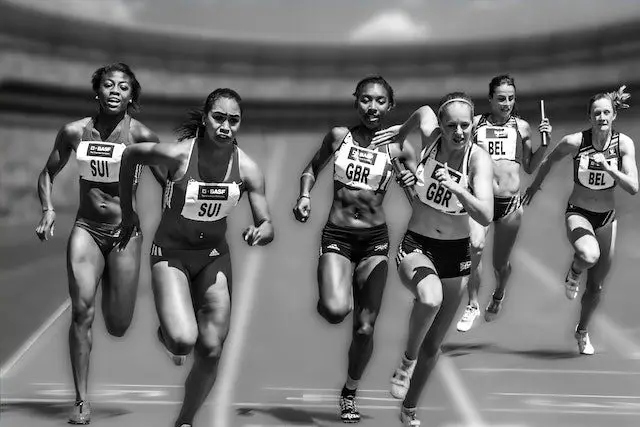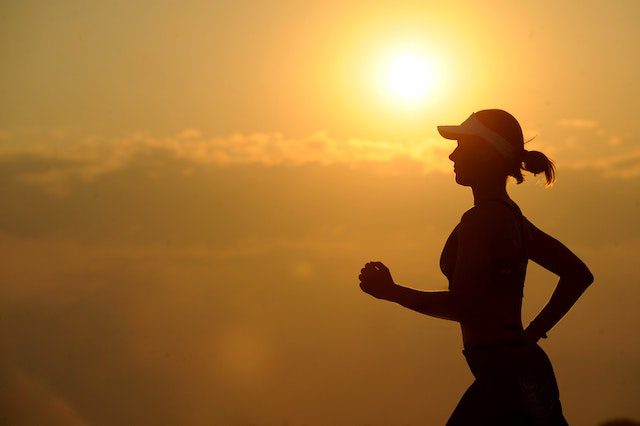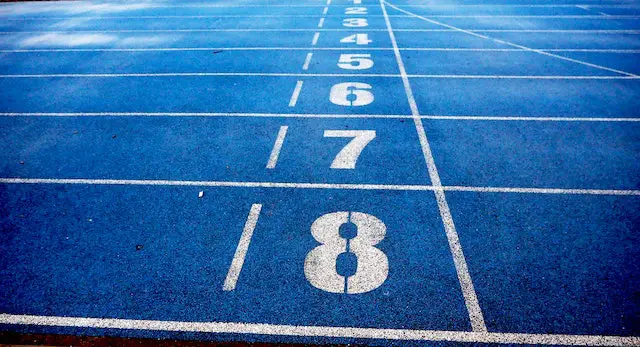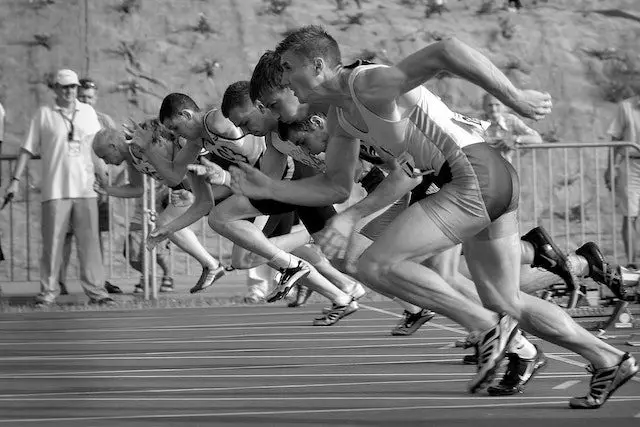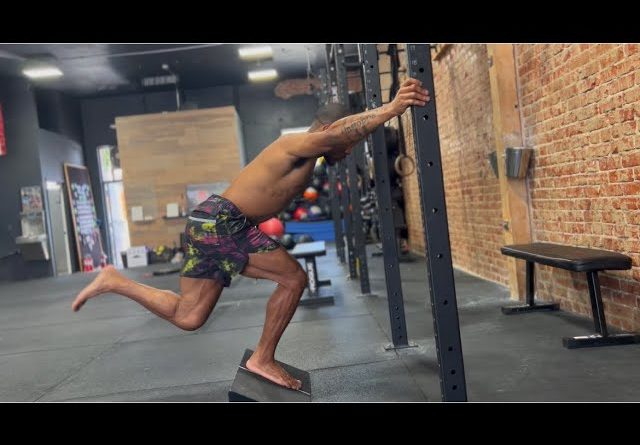How To Run A Faster 2 Mile In Track
A couple of weeks ago, we were at a meet where a competitor was in the process of entering the shot put circle and realized he had not taken the Tshirt that he was wearing over his jersey off. With one foot in the circle and one foot out of the circle, the athlete took his shirt off and threw it to the ground a couple feet behind the circle. Should this be a foul?
What Is Your Coaching Philosophy?
It is important for coaches to formulate a written coaching philosophy that acts as a guidepost in their decision making. This article highlights the author’s coaching philosophy.
Glide Shot Put – Is the Left Leg Important?
In the glide shot put, the left leg is often overlooked when working with athletes. This article discusses the importance of the left leg for the right handed shot putter using the glide technique.
Garmin Montana 650t Handheld GPS Reviewed
Whether your goal is to find your way around while hiking or getting through traffic without losing your way, you will appreciate the efficiency of the Garmin Montana 650t handheld GPS for keeping you on track of off the beaten track, whatever the case may be. The locational device features a built-in basemap, a digital camera that is great to use for geo-tagging purposes, a compass and barometric altimeter, and a four-inch touchscreen that can be viewed even on the brightest of days.
Edwin Moses: Best Track Athlete Ever?
Edwin Moses ran the 400 meter hurdles for 10 years without being defeated. No athlete can boast such an accomplishment. Does this make him the best track athlete ever?
The History of Pole Vaulting
A popular track and field event, pole vaulting demands speed and agility. The process of running and using a pole to vault over a barrier has a defined history from ancient times to modern day. A modern Olympic event from 1896, it has seen a revolution in terms of the techniques and technology used.
Milkha Singh, India’s Greatest Athlete of the 20th Century
India has not much of a tradition in the field of sports and hardly any in the men’s track and field events. It is hard to reconcile that a nation of over a billion people has a paucity of heroes in the men’s track and field events. Track and field events consist of the speed races and the events of brawn and strength like the hammer throw, javelin and discuss throw.
Playground Safety Surface: Friendly Way To Ground Control
It’s an amazing experience to see innocent children play. Some are jumping, shouting at each other, crawling and running. Kids seldom get so engrossed while their lovely little games that they forget the entire world besides their playing area.
3 Tips for How to Run Faster
Just about every athlete can benefit from being faster, but most don’t know how to make that happen. This article gives you three simple steps to take to increase your speed for any sport.
Team GB Having Mixed Fortunes As Championships Enter Twilight
As the sun starts to set on the Athletics World Championships in Daegu team GB looks back on what might have been with a mixture of athletes both over and under performing. We look at the highs and lows for the team that have it all to do next summer.
Track and Field Athletics A Systematic Approach (Part 1)
Undoubtedly, it would be silly to debate which of a race starters commands is most important, “Runners to your marks”, “Runners set”, or the firing sound of the starting pistol to signal “Go”. The command to “Get Set” does however assume a degree of preparation, a readiness to begin the competition. Without overusing this analogy, let’s just agree as track and field athletes and coaches that the readiness to compete or the long range organization and preparation prior to the call to “Get Set” requires thought out planning and a systematic approach to getting ready to teach, coach or compete…
Track and Field Athletics A Systematic Approach (Part 2)
General considerations for setting up a year round track and field training program, let’s get a bit more specific and break the year down into a progression of training cycles. We’ll use a 3 phase program for our general purposes, Post Competition Phase, Pre Competition Phase and Competition Phase.

